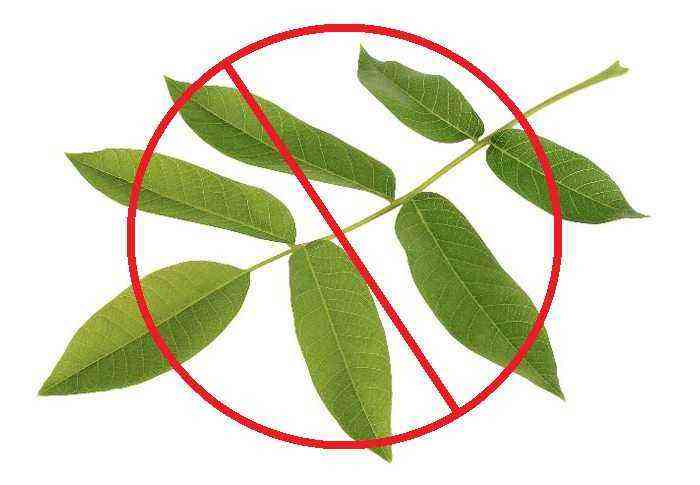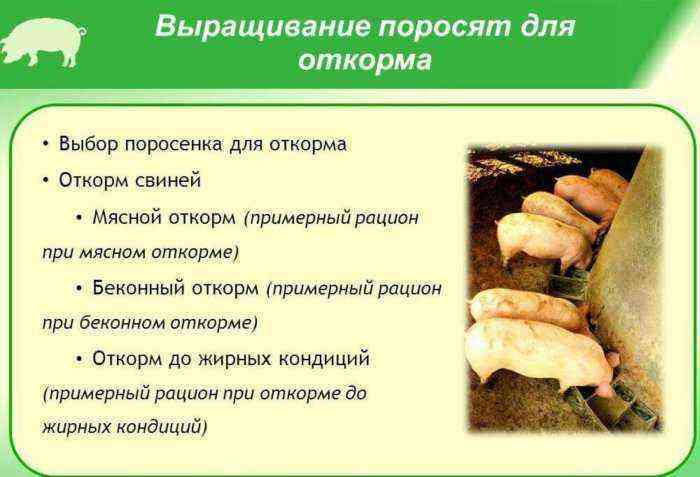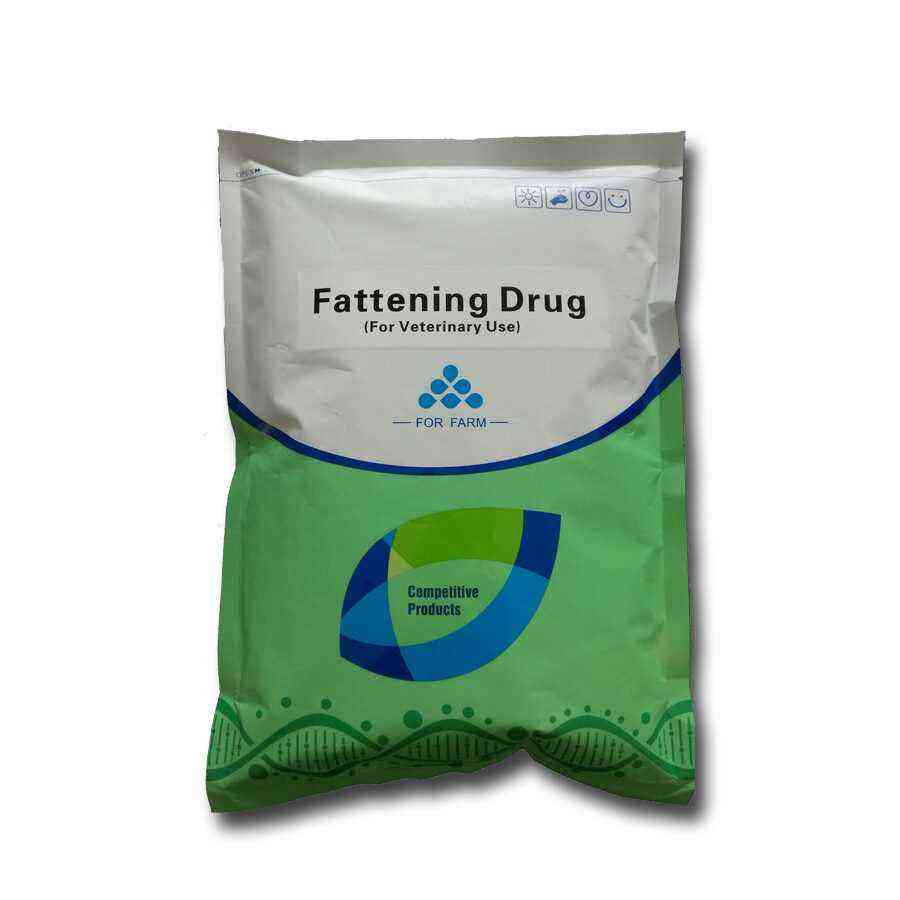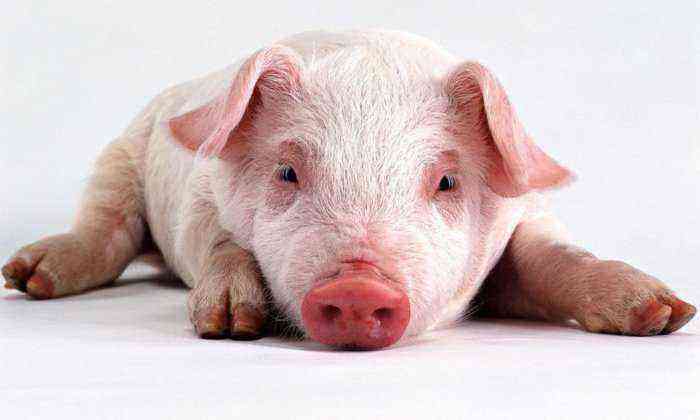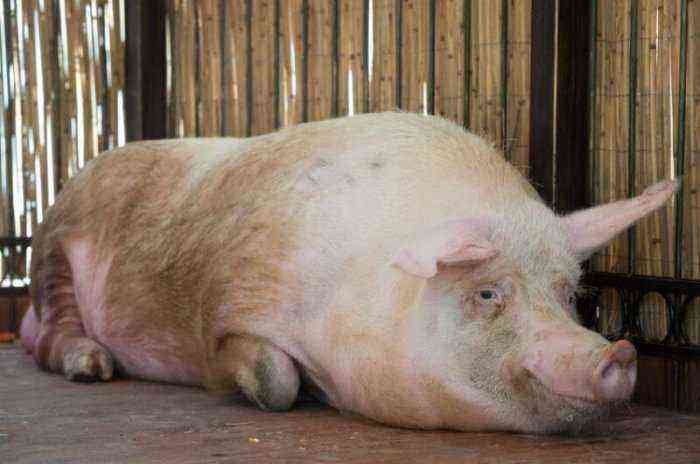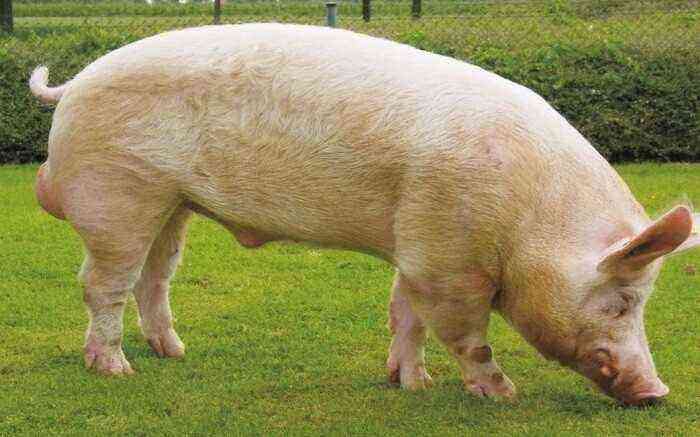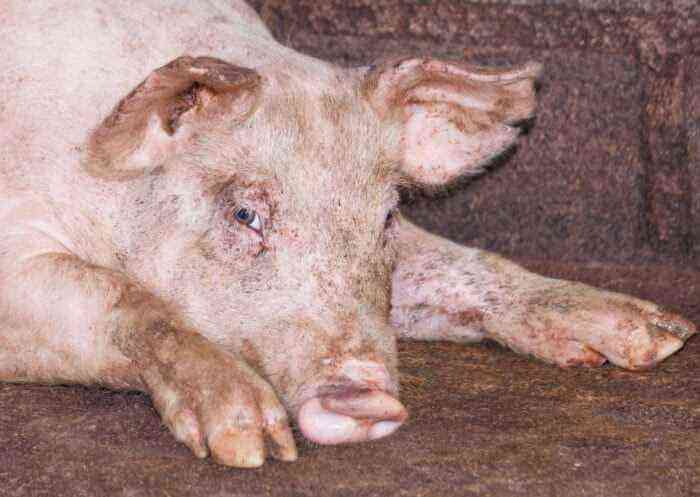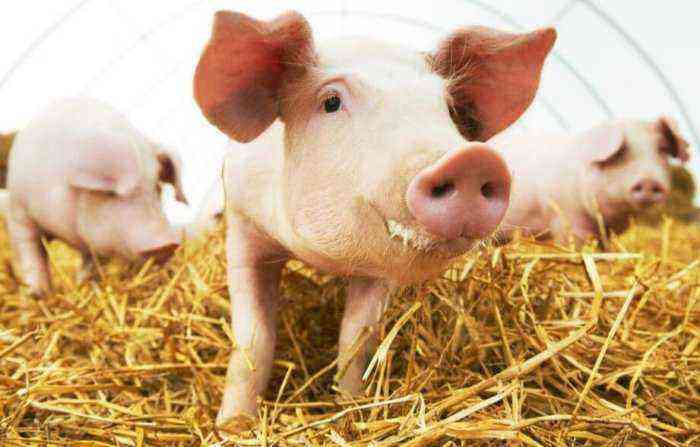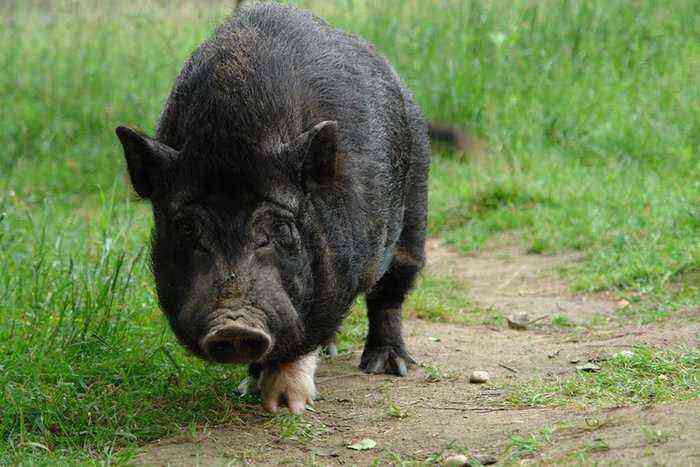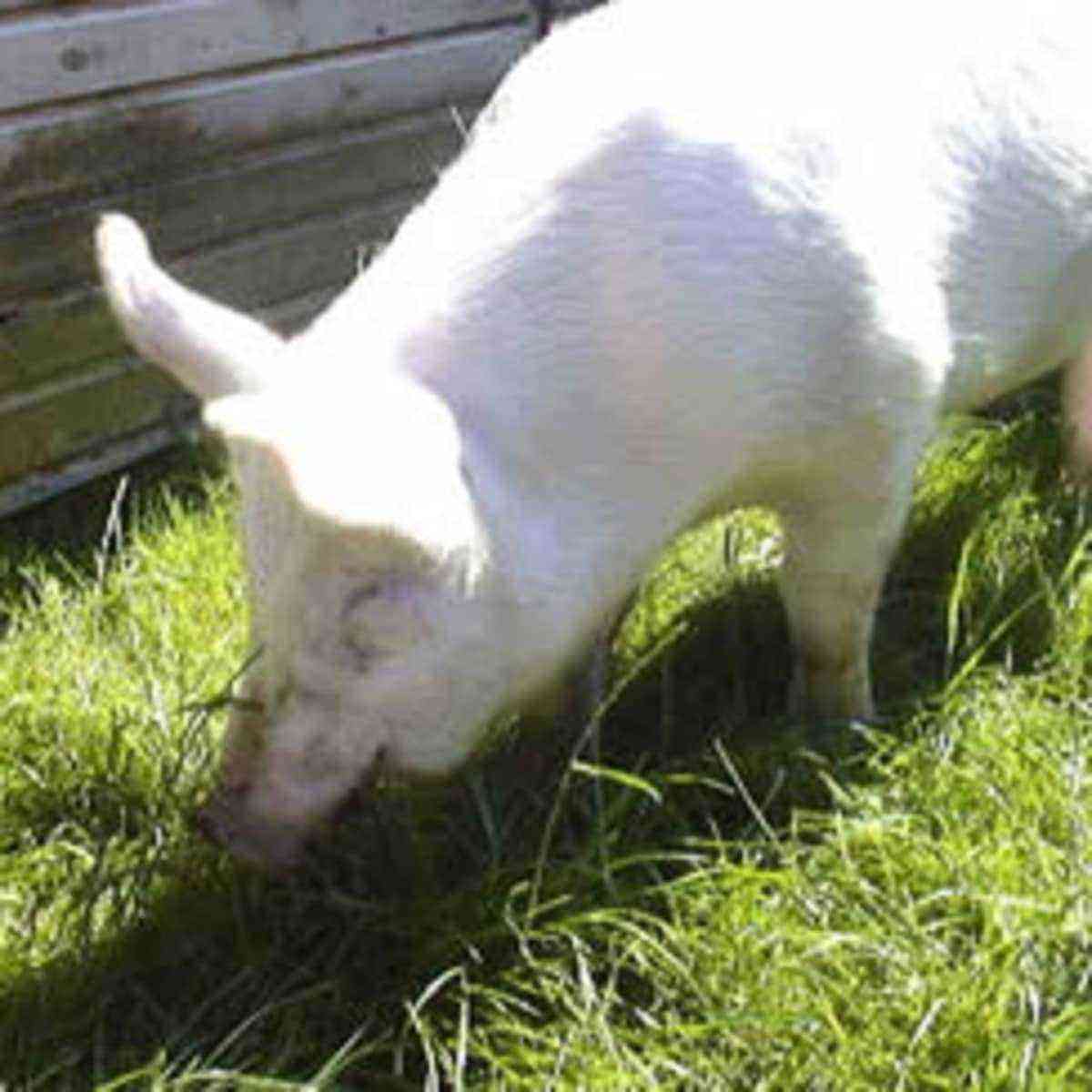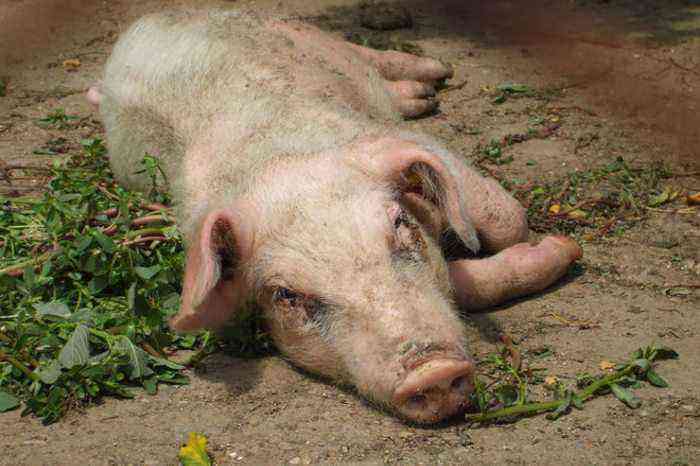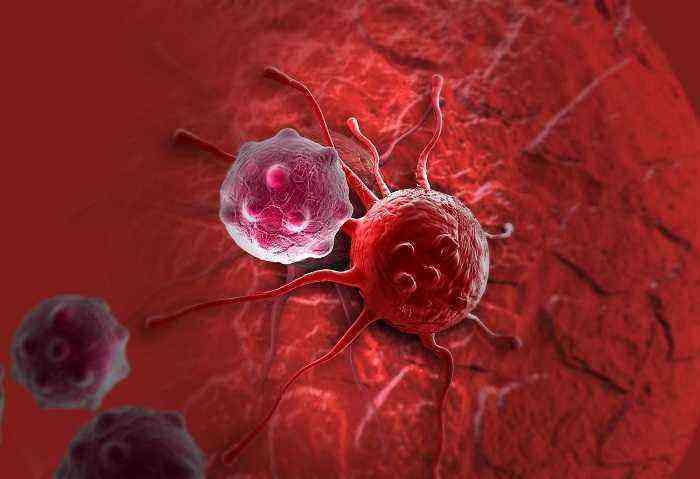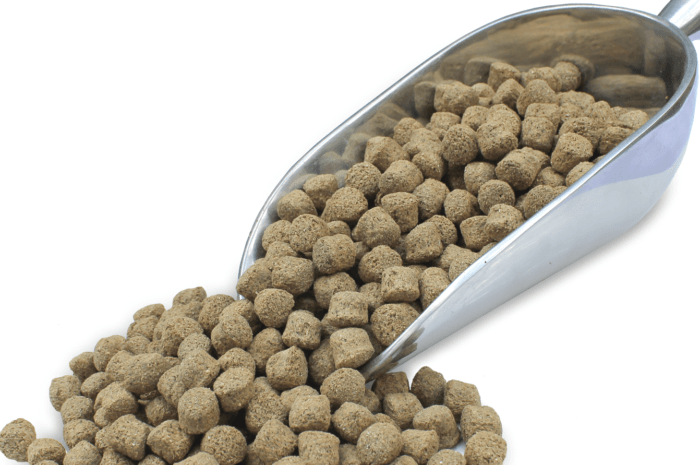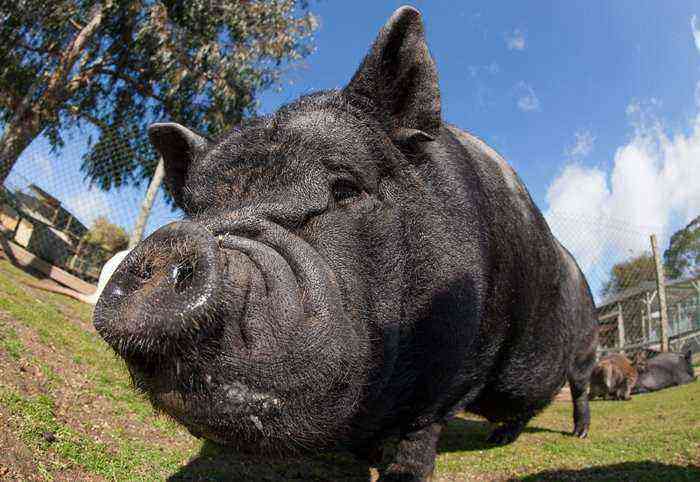Farmers often have to deal with various diseases in animals. In order not to incur losses, he must be able to navigate their symptoms. It is important to study skin diseases of pigs at least superficially in order to pay attention to alarming symptoms in time, because recovery directly depends on how quickly treatment is started. In this article, readers will learn which skin diseases in pigs are the most dangerous, how they manifest themselves, and how to treat them.
Skin diseases in pigs
Dermatitis
Inflammation of the skin in pigs is called dermatitis. For this disease, the appearance of a rash is not characteristic, it manifests itself in a different way:
- The skin in the places of localization of inflammation swells.
- Redness appears.
- Soreness.
- Ulceration.
- There is an increase in temperature in the inflamed areas.
If infection with pathogenic bacteria of the skin occurs, then on the foci of inflammation, you can notice the release of ichor and pus. Consider the causes of dermatitis in pigs:
- Skin damage – abrasions, punctures, scratches.
- Exposure to chemicals.
- Burns, frostbite.
- Skin infections.
- parasitic insects.
Treatment of dermatitis is aimed at eliminating the cause of the disease and restoring the integrity of the skin. The foci of inflammation are treated with disinfectant solutions, antibacterial ointments, for example, tetracycline. It is widely used in the treatment of complicated dermatitis streptocide, as well as norsulvazol.
Scabies
This disease is caused by skin-parasitic mites belonging to the genus Sarcoptes suis and Sarcoptes parvula. Parasites, when they get on the skin, gnaw passages in it and lay eggs there. Over time, this leads to the formation of crusts and rough folds, the animal experiences severe itching.
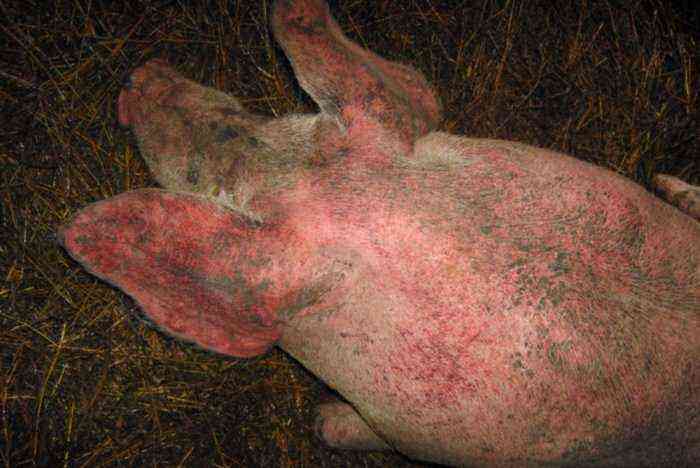
Scabies mites in pigs
Scabies mites feed on epidermal cells. In the course of their life, they emit waste products that can cause allergies. The danger of scabies also lies in the fact that injured skin is prone to infection. In this case, inflammation develops – dermatitis. Scabies in pigs is of two types:
- Ear (the tick affects only the ears of the animal).
- Total (spread throughout the body, including the ears).
Consider the symptoms of the disease:
- Redness forms on the skin of the snout, near the ears.
- Paired points are noticeable, resembling insect bites (these are the places of introduction and exit of the tick).
- Gray-white crusts appear on damaged areas.
- The animal is worried, as it is experiencing severe itching.
- In the future, ticks spread throughout the body, capturing the sides and back.
- Over time, the foci begin to merge together.
- The skin thickens, and the crusts change color to brown.
With scabies, animals become aggressive, tear and gnaw out foci of inflammation, a characteristic sign of the disease is exhaustion.
Attention! Scabies can be fatal if left untreated. Animals die from exhaustion and intoxication. Juveniles are at risk.
Treatment of scabies includes the use of ointments, aerosols, injections against ticks. The injection method of treatment is considered the most effective. Anti-scabies drugs Doramectin and Ivermectin are administered subcutaneously at a dosage of 0,3 ml per kilogram of animal body weight.
Reference. Since the medicine destroys only adult ticks, it is necessary to re-treat after two weeks.
In addition to injections, there are other preparations for external treatment of scabies mites. They are bred, guided by the instructions, and then pigs are sprayed with an interval of 1 time in 10 days. List of anti-scabies drugs:
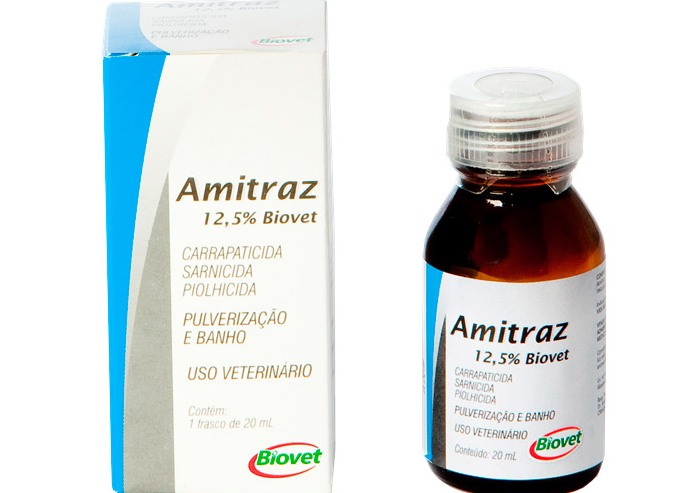
Amitraz
- Fosmet.
- Amitraz.
- Creolin.
- Chlorophos.
- Ectosinol.
Attention! Before using any means of ticks, it is necessary to wash the sick pig with soapy water and remove the crusts.
Ringworm
Another skin disease in pigs is ringworm. To a greater extent, it occurs in young individuals under the age of 7 months, since their immune system is weaker. Ringworm is caused by a fungal infection. Infection of pigs usually occurs through contact with sick animals, as well as through household items and inventory.
Symptoms of ringworm in pigs:
- One or more lesions are formed on the body, often oval in shape.
- The skin in these places is shelled.
- The stubble looks like it was trimmed with scissors.
- The epidermis in the foci of the settlement of the fungus thickens, sometimes crusts form.
- The animal scratches the infected areas.
Reference. In rare cases, the fungus affects the deeper layers of the skin, in which case multiple abscesses may occur.
Treatment involves isolating the sick animal from the herd. It is advisable for healthy individuals to be vaccinated against lichen to protect them from possible infection. A sick individual is prescribed external antifungal drugs – ointments and solutions, which, unfortunately, are not always effective.
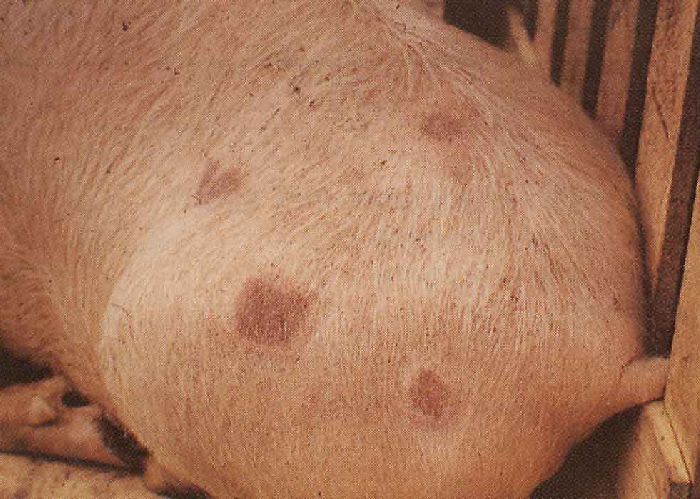
Ringworm symptoms in pigs
The best effect can be achieved by using antifungal drugs orally in the form of a suspension, for example:
- Griseofulvin.
- Ketoconazole.
- Itraconazole.
Attention! It is important to completely treat the room where the infected pig was kept with disinfectant solutions.
Furunculosis
Inflammation of the sebaceous gland, accompanied by an accumulation of pus in the hair follicle, is called a furuncle, and it is caused by staphylococcus bacteria. Pigs with low immunity suffer from furunculosis. If the animal does not receive enough vitamins, its diet is poor, then the likelihood of furunculosis is high.
Disease symptoms:
- A cone-shaped boil forms on the body, rising above the surface of the skin.
- As the furuncle matures, it increases in size.
- Soon a purulent head is clearly visible.
- After full maturation, the abscess opens and pus with blood is released from it.
Reference. Furunculosis is characterized by general depression of the animal, loss of appetite, and possibly an increase in body temperature.
Treatment of furunculosis in pigs often includes opening abscesses surgically to avoid sepsis. Next, antibiotics of the penicillin series are used. In parallel with this, boils are treated with ointments – salicylic, ichthyol and solutions – chloramine or lysol. It is important to carry out work to strengthen the immunity of the pig. Veterinarians prescribe a course of vitamin therapy. It is equally important to provide a weakened animal with good nutrition and normal living conditions.

Pigs with low immunity suffer from furunculosis
Vesicular disease
This disease is caused by a virus that belongs to the genus Enterovirus and the Picornaviridae family. Infection occurs through contact with sick animals or through their secretions – saliva, feces, urine. The disease develops rapidly. Symptoms:
- The animal loses its appetite.
- There is a general depression of the state.
- The temperature rises to 41-42 degrees.
- Ulcers form on the body, which are localized mainly on the snout, near the penny, on the lips, udder, and limbs.
Attention! Outwardly, the manifestations of the disease resemble foot and mouth disease, so it can be quite difficult to make a diagnosis without a laboratory study of the biomaterial.
The virus that causes vesicular disease is very stable. It is stored for a long time in the external environment, including meat. It is not affected by conventional disinfectant solutions. It can be destroyed with a solution of formaldehyde at a concentration of 2%, chlorine (2%), naphtholizole (3%), and hot sodium hydroxide (2%). The virus dies at temperatures above 65 degrees within 2 minutes.
The treatment regimen for vesicular disease has not been developed. Adult sick individuals usually recover on their own. Within 4 days, specific antibodies are produced in their blood, which help to resist the disease. The mortality rate due to vesicular disease is low – about 10%. At risk are suckling pigs.
The affected skin of pigs is treated with antiseptics, the animals are provided with peace, plenty of drink and soft hay. As a prophylaxis of the disease, an inactivated vaccine is used, the effect of which lasts for 6 months.
Erysipelas
Erysipelas in pigs is an infectious disease caused by the bacterium Ery-sipelotrix isidiosa. This pathogen is dangerous not only for animals, but also for humans. Penetrating into the body, the bacterium remains unnoticed for about 8 days, and then the disease begins to manifest itself. Consider the symptoms of the disease:
- The temperature rises to 42 degrees.
- Refusal to eat.
- The animal lies.
- Limbs almost do not bend.
- Vomiting may begin.
- Intestinal disorders – diarrhea alternates with constipation.
- Redness of the skin.
- Blueness of the skin in the abdomen and neck.
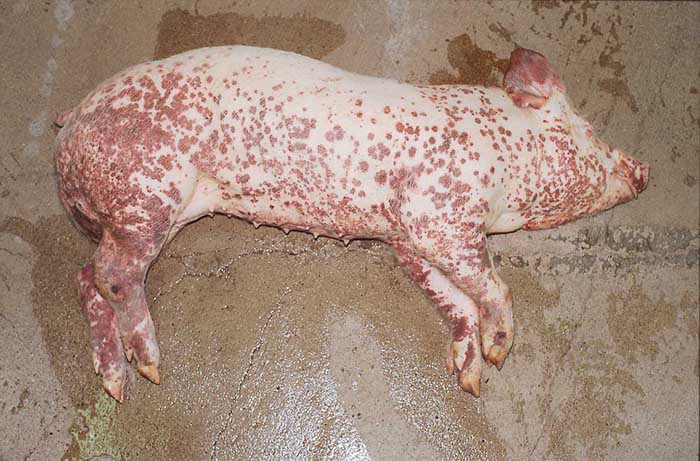
Erysipelas in pigs
Such symptoms are typical for fulminant and acute forms of the course of the disease, which are the most dangerous for animals. Skin manifestations in this case are almost not observed. When the erysipelas proceeds in a subacute form, it is characterized by a skin rash, moreover, it has distinctive features – elevations of various shapes are formed above the epidermis – a circle, a rhombus, a rectangle. The prognosis of this form of the course of the disease is favorable. With therapeutic care, pigs recover in 10-14 days.
There is another form of the disease – chronic. It is characterized by the development of extensive skin necrosis, the infection spreads to the joints and heart. The disease passes into the chronic form from the acute and subacute forms of the course if the pig is not provided with veterinary care.
Treatment of erysipelas is carried out in a complex manner. First, the sick individual is separated from the herd, and the room where it was kept is disinfected. Therapy includes the use of:
- antibiotics.
- Vitamins.
- Antihistamines.
- Heart medicines.
- Antipyretics.
Attention! Erysipelas can be latent, but under certain conditions, the bacterium can begin to multiply and cause an acute form of the disease. Provocateurs of the disease often become – stress, weakened immunity and other factors.
Despite the fact that pigs are considered clean animals, they also sometimes suffer from skin diseases. Some of them are very dangerous and can be fatal. That is why it is important to learn to distinguish the symptoms of these ailments and be able to navigate in all their diversity. Having found a rash, ulcers, spots, crusts on the body of a pig, the farmer must call a veterinarian to clarify the diagnosis and prescribe treatment for the sick individual.







